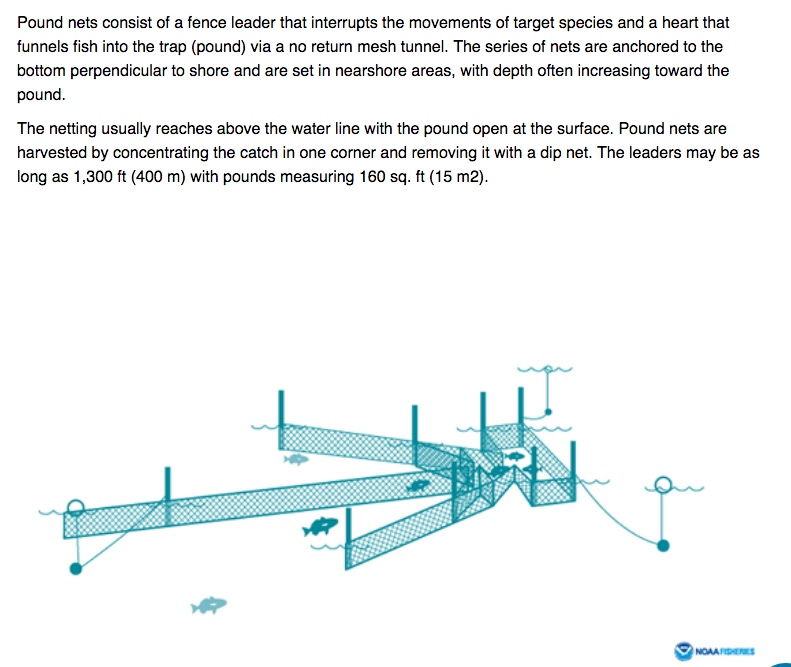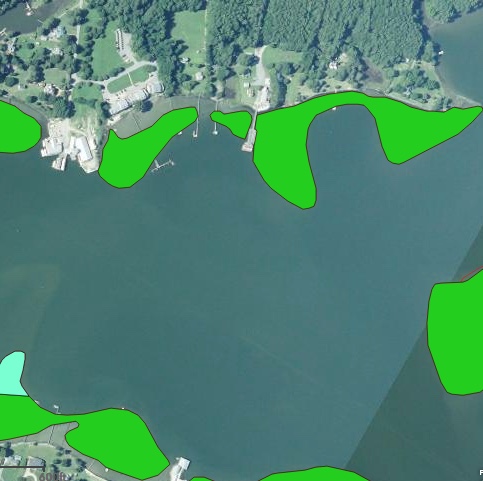By Carol J. Bova
In his interview for the interim board position, when asked what do you think a board member should do to be effective, Mike Rowe said, “Do their homework.”
He did not do his homework on the solution he claimed for the Hole in the Wall Restaurant septic system at the Board of Supervisors meeting on September 24th. He didn’t give the board any documents or facts to support what he said, and most of his statements were incorrect.
He did not discuss how a direct discharge of treated wastewater fits the Milford Haven TMDL (Total Maximum Daily Load) from the EPA-approved water quality improvement plan or the impact to the oyster grounds and recreation adjacent to the restaurant. Even well-treated septic system effluent discharge will cause a permanent condemnation of that part of Milford Haven for shellfishing. Do we really want to discharge treated sewage effluent where people boat, kayak and use paddleboards?
Rowe, along with supervisor Amy Dubois, the county administrator, the building official, and the restaurant owner, had a private meeting with a vendor, Environmental Services of Virginia, who “gave an assessment of what he thought could be done.” The vendor “recommended an alternative system, which would be the Clearstream, and he recommended that we apply for a permit with DEQ, and once we get that, then they can design the system.”
Rowe said that without a DEQ permit you can’t move forward, but he didn’t say DEQ cannot approve a discharge permit alone. They must forward an applications for discharge into shellfish areas to the Virginia Department of Health Environmental Health Services division (VDH-EHS.)
Dr. Marcia Degen from VDH-EHS said, “There is no general approval process and the design is reviewed based on the information submitted by the design engineer.” The designer must show the selected unit can perform as required to reduce pollution and suspended solids. So an engineered design is required before the permit application is submitted.
Asked about the price for the system, which would include UV disinfection, Mr. Rowe said, “Total price tag, engineering and installation will be between $23,000 and $30,000 dollars.” He also said there is no fee for that permit from DEQ. Rowe’s cost estimate is too low, perhaps half of what would be required.
The current operating permit was issued in 1998 and allows 380 gallons of wastewater a day for 45 seats. The current Virginia Health Department (VDH) standard is 2,250 gallons a day (gpd), based on 50 gpd for each seat. (12VAC5-610 in Table 5)
The largest Clearstream treatment system is 1500 gpd. So two systems that can handle a capacity of at least 2,250 gpd are needed, including pretreatment and a UV disinfection treatment for each.
DEQ VPDES (Virginia Pollutant Discharge Elimination System) Permits are not free for commercial systems. Hole in the Wall, with 821,250 gallons per year, would fall under the category of Industrial Minor (less than 1 million gallons per year) with a new permit fee of $3,300. (9VAC25-20-110. Fee Schedule).
Rowe didn’t follow the County’s Small Purchase Policy either. Since two Clearstream units, engineering, design, permits and installation will exceed the original $30,000 estimate, County Procurement Procedures for $30,001 – $50,000 require informal solicitation of a minimum of four bidders or offerors, and an award must be made in writing. He did not mention any other bidders, nor did he present a contract for consideration by the Board before he requested approval to apply for a permit. The County Administrator also failed to mention the purchase policy requirements.
This is how the County gets tangled in difficult and costly situations – Not enough facts, not enough research, and inadequate follow through by staff.
Written and Authorized by Carol J. Bova


